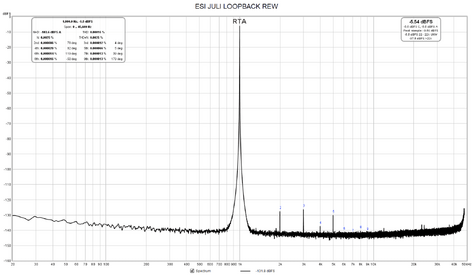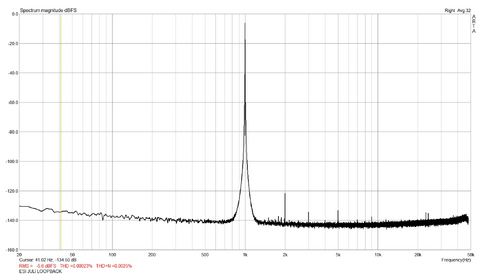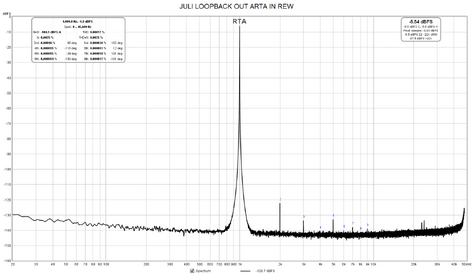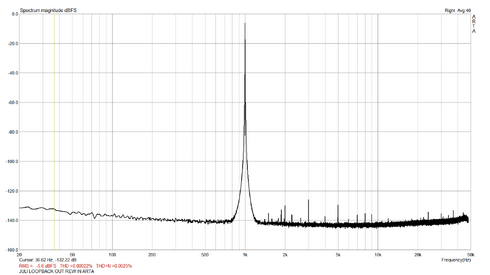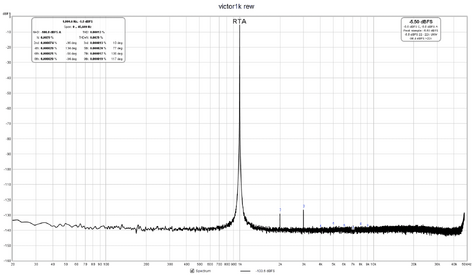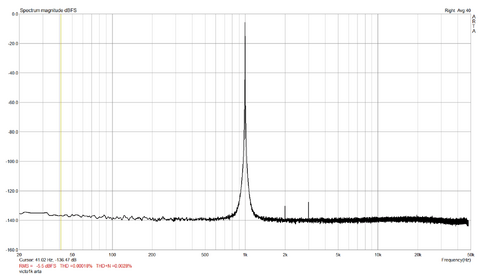Hi all , for years I used ARTA for distortion measurements. REW looks better, but when I compare RTA results, REW measures lower distortion level than ARTA (the harmonics are different also).
Which system is more accurate ? What did I do wrong ?
OS WIN7 64bit
ESI JULI PCI LOOPBACK
DRIVER ASIO4ALL v2.14
ARTA 1.9.1
REW v5.20 b17
FS 96k, FFT 64k, Hanning
Which system is more accurate ? What did I do wrong ?
OS WIN7 64bit
ESI JULI PCI LOOPBACK
DRIVER ASIO4ALL v2.14
ARTA 1.9.1
REW v5.20 b17
FS 96k, FFT 64k, Hanning








